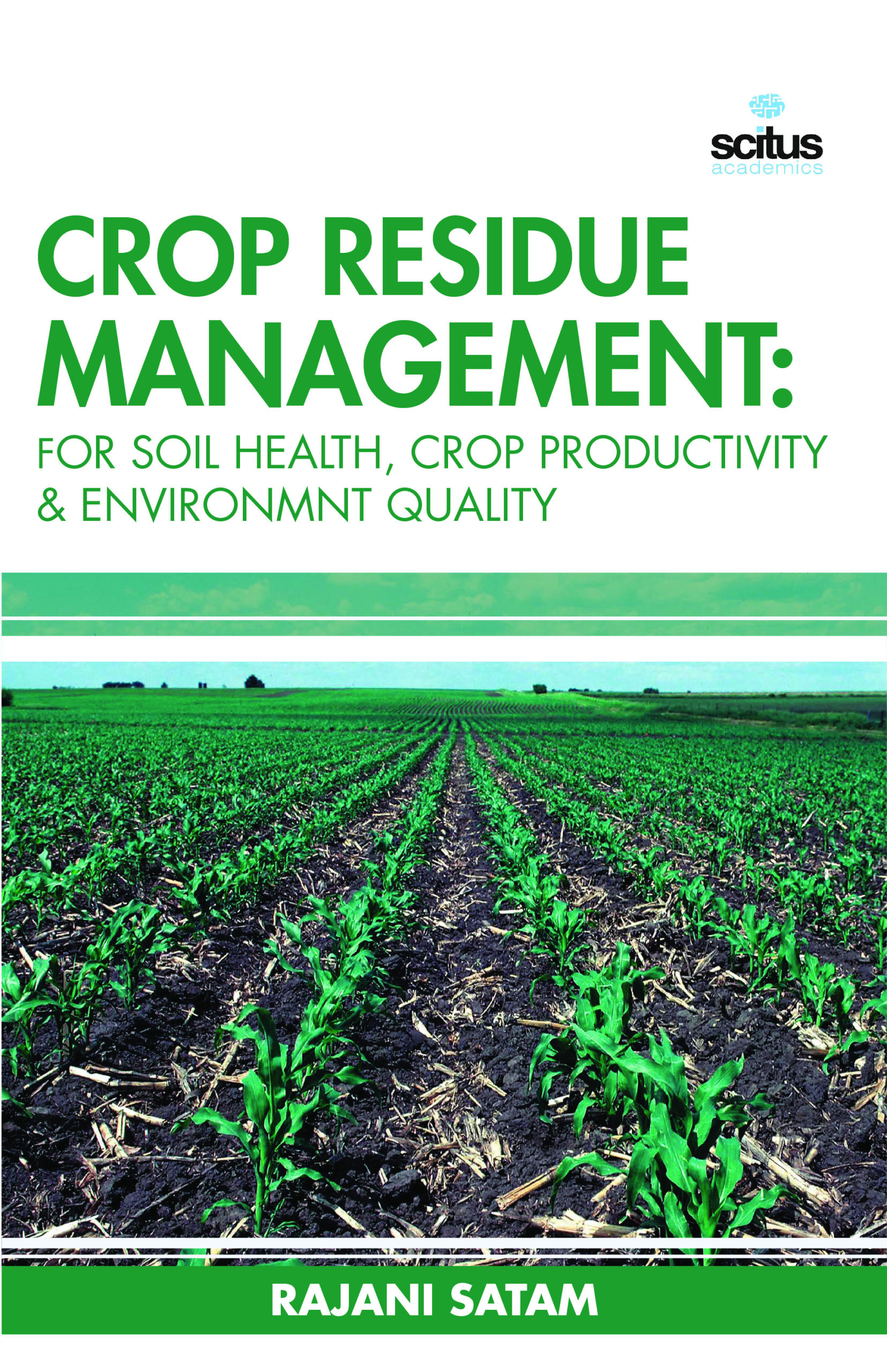The management of croplands has a large impact on the quantity and quality of food and fiber production and on air and water quality, all of which influence the quality of our environment. Management of the non-harvested plant tissues, such as leaves, stems, branches, and roots that constitute the residues from the production of food and fiber, is one of the farm practices that affects crop production via nutrient availability and cycling. Management of these residues also provides opportunities for control of dust in the air and sediments and nutrients in waters through control of soil erosion caused by wind and water. Thus, the task ahead for the management of croplands for improvements in the overall well-being of people involves the application of known effective crop residue management systems to maintain crop production and to reduce wind and water erosion. There is need, as well, for development of more effective management systems through laboratory and field research. Soil is the basis of farming. It delivers water and nutrients to crops, physically supports plants, helps control pests, determines where rainfall goes after it hits the earth, and protects the quality of drinking water, air, and wildlife habitat. The goal of soil management is to protect soil and enhance its performance, so you can farm profitably and preserve environmental quality for decades to come. One cannot control slope, texture, climate, and other critical soil factors. But one can control tillage, crop rotations, soil amendments, and other management choices. Through these choices you change the structure, biological activity, and chemical content of soil, and you influence erosion rates, pest populations, nutrient availability, and crop production.













